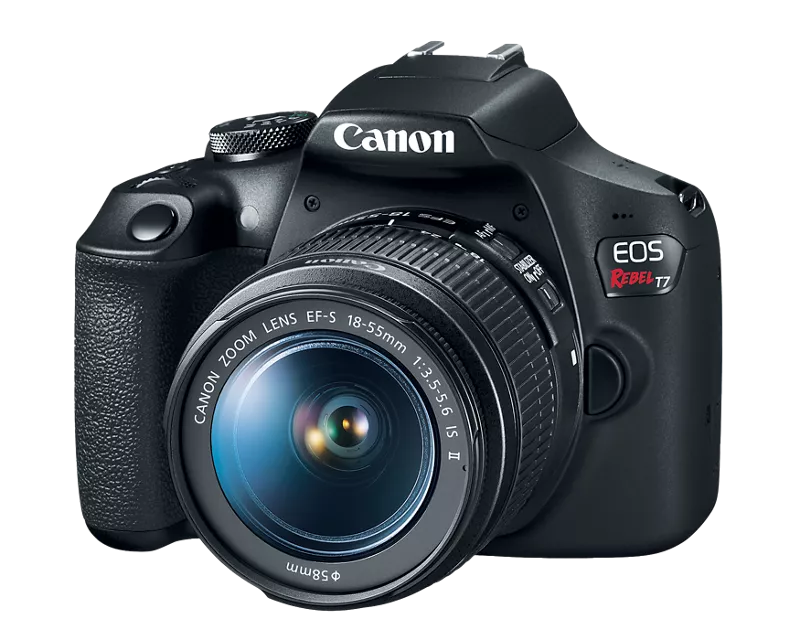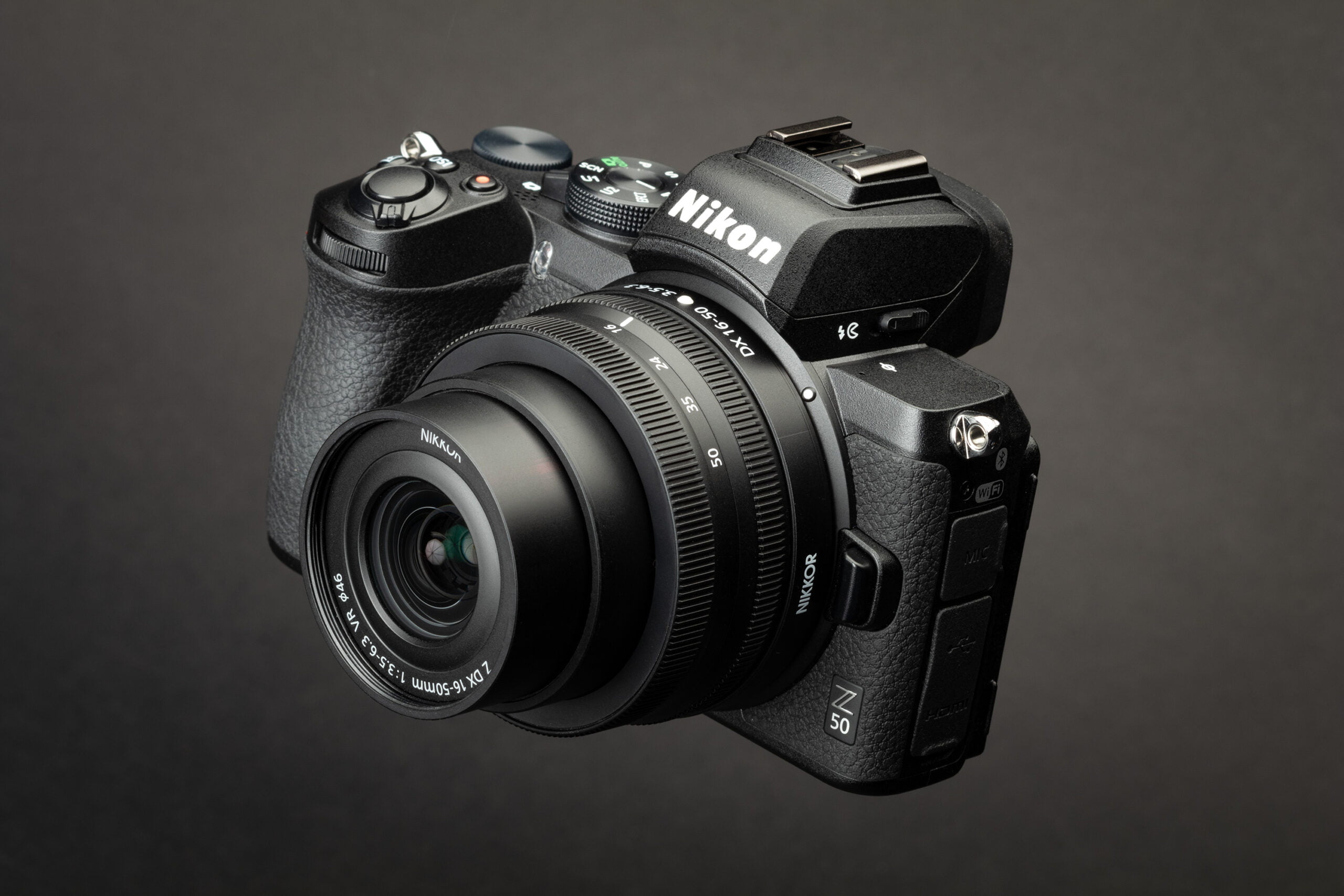Are you looking to buy your first camera? Are you looking to get into videography or photography as a career?
Maybe you want to start a YouTube channel and make videos to share with an online audience and in time, grow your influence and earn some money.
If that is you, then you are in the right place.
In this article, I will reveal the best beginner and midrange cameras under USD 1,000 to get you started in the right way.
My name is Dennis Ohuru, a YouTuber and professional videographer and photographer with over four years of experience in the industry.
I make lifestyle videos on my YouTube channel and offer my videography, photography and video editing skills to clients in affordable packages as a freelance cinematographer.
After four years spent shooting and editing all manner of videos including:
- YouTube videos
- Weddings
- Interviews and promotion videos.
In addition, after watching 1000-plus videos on videography and camera-type options.
I’d like to think I know a little something about these creative tools.
That said, let us get into our list of best beginner and midrange cameras under $1000.
Types of cameras
Before we dive into the first camera on our list, it is important to familiarise ourselves with the type of cameras that exist in the marketplace.
This will enable you to decide which type of camera to go for considering what use case you need it for.
A camera is a tool, and like all tools, the right kind of tool for a particular task is better than the most expensive tool that isn’t meant for that task.
Some cameras are built to be particularly good for video, others are built to excel at photography, and others are built to do both.
There are several kinds of cameras in the market including;
- Interchangeable lens cameras
- Point-and-shoot cameras
- Action cameras
- Cinema cameras
- Camera phones
- Polaroid cameras
- Drones
In this case, we will focus on the first two types. Interchangeable lens cameras and point-and-shoot cameras.
Related: Finding The Perfect Youtube Camera: A comprehensive guide
Interchangeable lens cameras
An interchangeable lens camera typically has a mount that lets you use it with a wide range of lens options from that camera manufacturer and in some cases other third-party manufacturers.
The benefit of being able to swap lenses on a camera is that different lenses allow you to be more versatile.
Look at the picture attached below to understand how different lenses are useful for different cinematography scenarios.

A good example of a budget interchangeable lens camera is the Sony ZV-E10.

Point-and-shoot cameras
A point-and-shoot camera, also known as a compact camera, has a fixed lens, what this means is that you cannot swap lenses on the camera.
Instead, the camera comes with a fixed lens to be used in all photography and videography occasions and use cases.
While point-and-shoot cameras have the advantage of being compact and easy to carry, they are invariably limited in their capabilities, especially for professional cinematographers.
That said, compact or point-and-shoot cameras are best suited to hobbyists, tourists and people who move around a lot and need a camera that is not bulky to capture all the fun moments.
A good example of a budget point-and-shoot camera is the Canon Powershot G7X III Compact Digital Camera.

The Difference Between DSLR and Mirrorless Cameras
Before buying your first camera, it is also important to consider the difference between DSLR and Mirrorless cameras. These two camera types broadly fall into the Interchangeable lens camera category.
| DSLR CAMERAS | MIRROR LESS CAMERAS |
| DSLR stands for Digital Single Lens Reflex (a DSLR camera uses a mirror in the camera body to reflect images to its view finder | A Mirrorless camera, as the name suggests, doesn’t have a mirror inside the camera body. Instead, mirrorless cameras display images digitally using electronic viewfinders. |
| DSLR Cameras have a distinctive shutter sound as there is a mechanical mirror inside moving every time a picture is taken. | Mirrorless cameras have no mirror mechanism inside, and therefore no distinctive shutter sound. |
| DSLR Cameras are an older technology and are more bulky than their mirrorless counterparts | Mirrorless cameras are a newer technology and because of the lack of the mirror mechanism, can be much smaller than the DSLR |
| DSLR Cameras were considered the defacto professional camera choice for professional cinematographers. | Emerging technologies have made the mirrorless camera just as capable and in many occasions better than the DSLR today. |
| DSLR cameras typically have better battery lives because bigger batteries can be fit inside their bigger bodies. | Mirrorless cameras are typically smaller than their DSLR counterparts and suffer from reduced battery life as a result. |
| DSLR Cameras use phase detection for Autofocus making them less capable than the Mirrorless camera in this area. | Many Mirrorless cameras use hybrid autofocus systems, making use of both phase detection and contrast detection to level up their autofocus capabilities. |
| Typically less capable in continuous photo shooting, image stabilization and video | Today’s mirrorless cameras are vastly superior to the DSLR in continuous shooting modes, image stabilization and video |
The Best Camera Manufacturers for Beginner Cinematographers
You would think that any camera is good for you, provided that it can shoot good pictures and videos. Unfortunately, that is not true.
The best camera manufacturers for you, especially if you are new to the cinematography scene and looking to get your first camera, are:
In that order. The reason for this is because of their dominance and ecosystem of lenses. You want to buy into an ecosystem that you can grow with over time because cinematography is a lifetime career.
Don’t get me wrong, there are great cameras out there from other camera manufacturers like Fujifilm, Olympus, Leica, Pentax, Panasonic and many others.
But if you want to do videography or photography as a career, you want to buy into an ecosystem that will enable you to access lenses and other compatible tools with ease.
Today, that means buying into the Canon, Sony or Nikon ecosystem of cameras and lenses.

Best beginner and midrange cameras under $1000
Now, with all that geeky stuff behind us, we can finally delve into the best beginner and midrange cameras for under $1000.
I will try to keep the geeky stuff to a minimum henceforth, fingers crossed.
CANON EOS REBEL T7 (Entry-Level DSLR Camera)

Specification
- Built-in wifi and NFC
- 24-megapixel CMOS sensor
- 3-inch LCD Screen
- Digic 4 processor
- 3 fps continuous shooting
- Full HD video (1080p) up to 60fps
- Lens Mount: Canon EF mount
Verdict: This camera is a great option for beginners, and will be good enough for pictures and amateur video.
Important to note: In some markets, the Canon EOS Rebel T7 is sold as the Canon 2000D and in other markets as the Canon Rebel SL2
NIKON D3500 (Entry-level DSLR Camera)

Specification
- 24.2 Megapixel CMOS sensor
- Full HD video 1080p up to 60fps
- 5 fps continuous shooting
- Has Bluetooth and Wifi
- Nikon F bayonet mount
- 3-inch monitor
Verdict: Good choice for a very tight budget. No IBIS will make videos shaky unless you buy a gimbal.
CANON 250D (A good Midrange DSLR option)

The Canon 250D is offered in some markets for marketing reasons as the Canon EOS SL3.
Specifications.
- 24.1 Megapixel sensor
- Canon Digic 8 processor
- 5fps continuous shooting
- 4K video at 24fps
- Full HD 1080p 60,30 and 24 fps
- Vari-angle touchscreen
- Wifi and NFC,
- Optical image stabilizer, not ibis
Verdict: The Canon 250D is a high-performance midrange DSLR that will serve competently for both photo and video. You cannot go wrong with it.
CANON M50 and CANON M50 Mark 2 (The Best Entry-Level Mirrorless Camera)

Specification
- 24.1 MP sensor
- Digic 8 processor
- 10fps continuous shooting
- 4k with crop
- Full HD 1080p video at 60,30 and 24fps
- Dual pixel autofocus
- Vari-angle screen
- Wifi and NFC
- Ibis
Verdict: Arguably the best beginner vlog camera for YouTube.
Important to note: I own the Canon M50.

Related: A Review of the Canon M50, from a 3-year owner and YouTuber
SONY A6100 (The best Midrange Mirrorless Camera)

Specification
- 24.2 MP APS-C sensor
- 11 fps continuous shooting
- 4K up to 30fps
- Full HD video at 1080p 60,30 and 24 fps,
- Hybrid autofocus
- Wifi and NFC
- Ibis (Internal body image stabilisation) good for video
Verdict: A good alternative to the Canon M50 2, better than the Canon M50 Mark 2 in many professional scenarios.
SONY ZV-E10 (The Best Midrange Vlog Camera)

Specifications
- 20.1 MP
- 24 fps continuous shooting
- 3-stop ND filter
- Hybrid autofocus
- 4K Video up to 30fps
- 1080p 120,100,60,30,24 fps
- Wifi and NFC
- Ibis.
Verdict: The best mid-range vlog camera. The Sony ZV E10 will also be good enough for low-level professional work.
NIKON Z50 (For professional photographers)

Specification
- 20 MP sensor
- 11 fps continuous shooting
- 4K video at up to 30 fps
- Full HD 1080p video at 120,100, 60,30 and 24 fps
- Wifi and Bluetooth
- Ibis
Verdict: Great camera for professional photographers.
CANON 850D (Great allrounder)

The Canon 850D is also sold in some places as the Canon Eos Rebel T8i.
Price: 900-1000 USD
Specifications
- 24.1 MP sensor
- Digic 8 processor
- 5-axis IBIS (Legendary for video)
- Wifi and NFC,
- 4K video at 25,24 fps (bummer doesn’t do 60 fps at 4K)
- Full HD video at 1080p 60,30,24 fps
- Vari-angle screen
- Dual Pixel AF.
Verdict: Great in all scenarios.
Related: 7 Basic Video Equipment New Youtubers Need From A Monetized YouTuber
Summary
Thank you for reading this post on the best beginner and midrange cameras under USD 1000; I wish you well as you dip your toe into this most noble of careers, cinematography.
A camera is a tool, and the user of the tool is more important than the tool itself, but a great tool sets you up to do a good job. A great tool is better than a good tool, and a tool is better than no tool at all. Happy hunting guys


Pingback: 7 Basic Video Equipment New Youtubers Need From A Monetized YouTuber – Dennis Ohuru
Pingback: Starting A YouTube channel? Here Is All You Need To Know – Dennis Ohuru
Pingback: Common videography techniques to Bring your videos to life – Dennis Ohuru